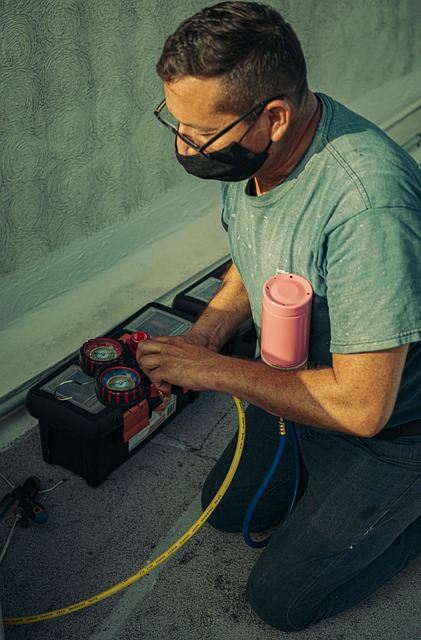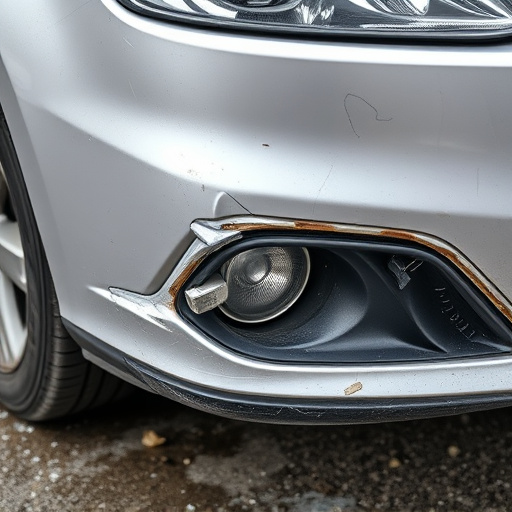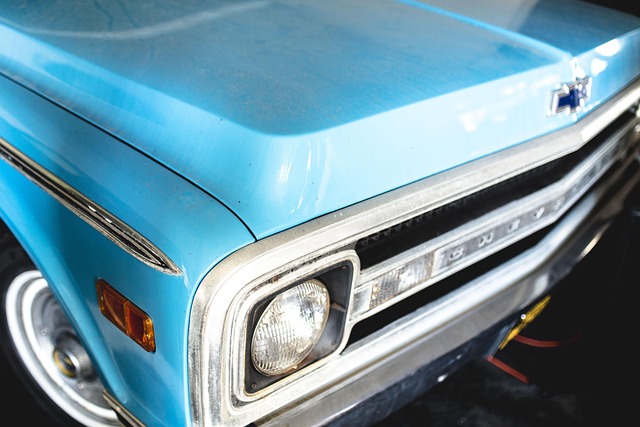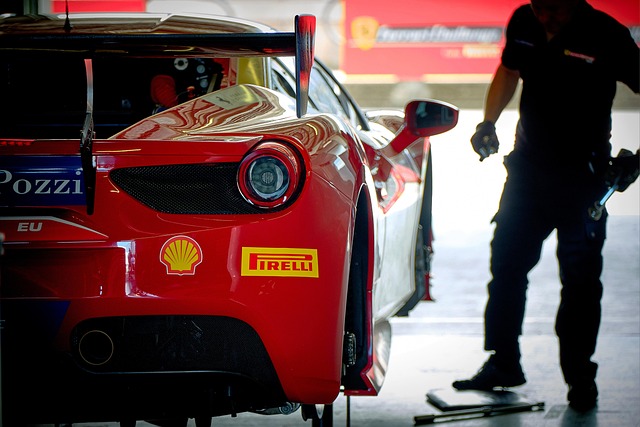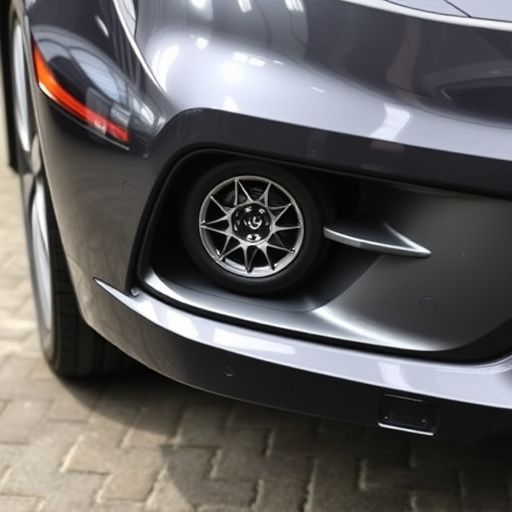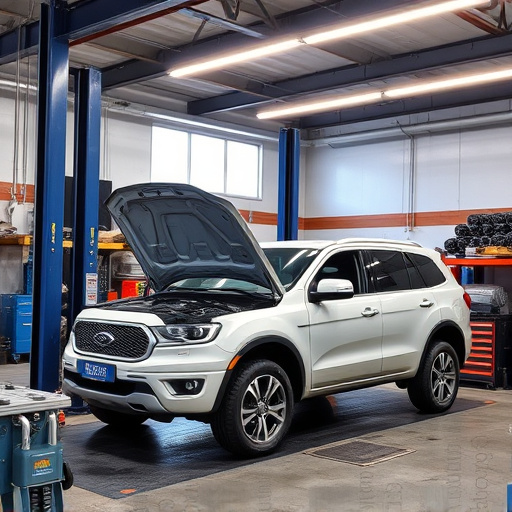Before attempting a DIY Tesla touchscreen replacement, understand the interface's critical role in your car's operation and gather essential tools & compatible parts from reputable sources. Prepare by backing up data, removing the center console, disconnecting wiring harnesses, installing the new screen, cleaning the dashboard, reconnecting harnesses, and remounting the console. Seek professional assistance if unsure to ensure optimal fit, functionality, and minimal damage to your vehicle's interior.
Looking to upgrade or repair your Tesla’s touchscreen? This comprehensive guide walks you through the DIY process, from understanding your vehicle’s screen to replacing it like a pro. We’ll equip you with the knowledge and step-by-step instructions needed for a successful Tesla touchscreen replacement, ensuring a seamless and cost-effective experience. Get ready to dive into the world of Tesla touchscreen maintenance!
- Understanding Your Tesla's Touchscreen: A Comprehensive Guide
- Preparing for the Replacement Process: Tools and Materials Needed
- Step-by-Step Instructions: Replacing Your Tesla Touchscreen Like a Pro
Understanding Your Tesla's Touchscreen: A Comprehensive Guide
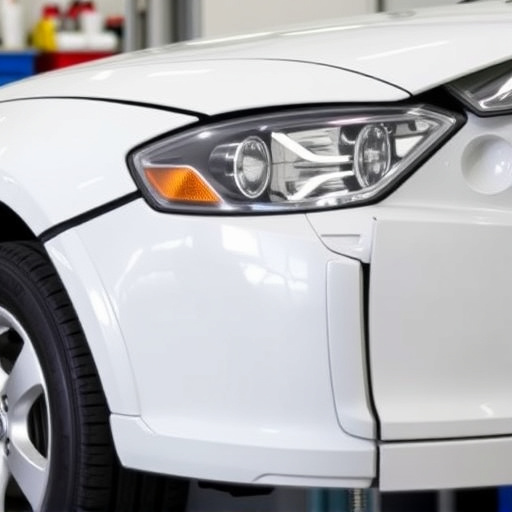
Understanding your Tesla’s touchscreen is a crucial step before diving into any DIY replacement project. This advanced interface is more than just a display; it serves as the car’s command center, controlling various functions from navigation to climate control. Familiarize yourself with its layout and capabilities by exploring the menu options and settings. Different Tesla models may have unique features or variations in their touchscreen design, so ensure you have the specific details for your vehicle year and model.
A successful Tesla touchscreen replacement requires a systematic approach. Start by backing up your data, as many modern cars store important information locally. Then, source a compatible replacement touchscreen, keeping in mind that it must be designed to work seamlessly with your Tesla’s software and hardware. Some car paint services and vehicle body shops offer specialized repairs, including screen replacements, so consider their expertise for a seamless fit and functionality.
Preparing for the Replacement Process: Tools and Materials Needed

Before diving into the Tesla touchscreen replacement process, it’s crucial to prepare and gather all necessary tools and materials. This DIY project requires a specific set of items to ensure a successful and smooth repair. For starters, you’ll need a variety of tools such as screwdrivers (both flathead and Phillips), a spudger (a thin plastic tool for prying), and a new touchscreen assembly. It’s recommended to source the replacement part from a reputable supplier to guarantee compatibility and quality. Additionally, having a set of precision tweezers on hand can aid in handling small components with care.
In terms of materials, double-sided tape is essential for securing the new touchscreen in place. This ensures a solid bond without causing damage to the car’s interior. A heat gun or hair dryer might also come in handy for gently warming up certain areas during the disassembly process, especially if your Tesla model has specific adhesive properties. Remember, proper preparation will make this Tesla touchscreen replacement task more manageable and reduce the risk of damage to your vehicle’s automotive body shop.
Step-by-Step Instructions: Replacing Your Tesla Touchscreen Like a Pro
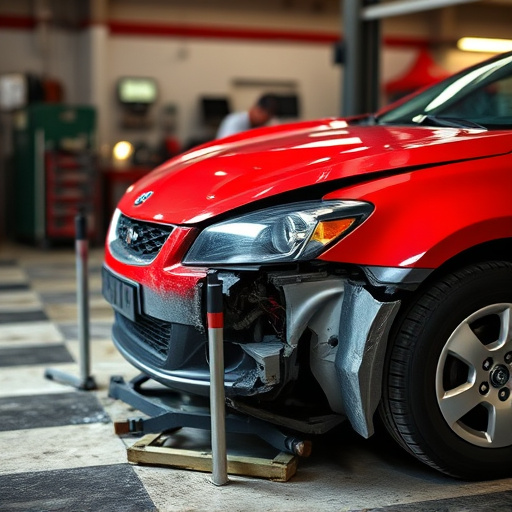
Replacing your Tesla’s touchscreen is a do-able project for automotive enthusiasts with some DIY experience. Before you begin, gather all necessary tools and materials, including a new touchscreen replacement unit compatible with your Tesla model, Phillips screwdrivers, spudgers (plastic opening tools), and rubber mallets. Start by powering down your vehicle and removing the center console to access the old touchscreen. Carefully disconnect the wiring harness associated with the touchscreen to avoid any damage during the removal process.
Next, unscrew the mounting brackets securing the touchscreen in place, using the appropriate screwdriver. Gently pry the screen away from the dashboard using spudgers, being mindful of the surrounding components. Once the touchscreen is free, carefully lift it out and set it aside. With the old touchscreen removed, clean the dashboard area and ensure all surfaces are prepared for installation of the new unit. This involves removing any debris or remnants of the previous touchscreen. The process concludes with securing the new touchscreen in place, reattaching the wiring harness, and remounting the center console.
Replacing your Tesla’s touchscreen can be a rewarding DIY project, empowering you to customize and enhance your vehicle’s infotainment system. By understanding your car’s screen, preparing with the right tools, and following a structured process, you can successfully install a new touchscreen, ensuring a seamless user experience on the road. Remember, with patience and attention to detail, tackling this task is within reach for any automotive enthusiast eager to take control of their Tesla’s technology.



